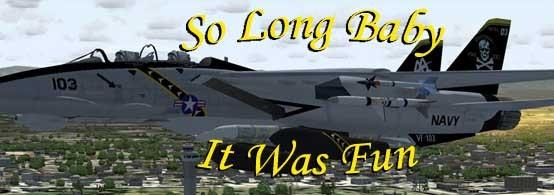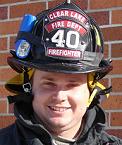A few more points that may be useful.
Check whether the aeroplane has a key (usually '/', I think) or lever for locking the tailwheel/tailskid - if so, lock it before starting your run.
I could be wrong but don't think most single-engined WWII fighters had this feature. Certainly not the Bf 109 & Spitfire.
Besides using just rudder to keep her straight, use touches of brake at first, if needed, by 'blipping' the joystick trigger. After the tail comes up, rudder is usually all you need.
Not sure about using brakes on a typical WWII fighter during take-off or landing. That would usually end in disaster.
You maybe have another 'treat' in store as you try other aircraft - British props traditionally turn in the opposite direction to American ones, so any veering goes the other way!
That's a bit of a generalisation & depends on the type of engine fitted. The Rolls-Royce Merlin used on the Spitfire, P-51D & many other British types rotates in the same direction as most American engines. However, the more powerful Rolls-Royce Griffon fitted to later marks of Spitfire rotates in the opposite direction. This caused a lot of accidents when the later types were first introduced into service.
I don't know which way German engines turn!
You only have to look a the prop blades when the engine is not running. The prop on the Bf 109 rotated clockwise as viewed from the cockpit.
http://www.richard-seaman.com/Aircraft/Museums/Hendon/GermanWw2/index.htmlNote that the direction of prop rotation is not always accurately defined in FS flight dynamics.








 ...!
...!







